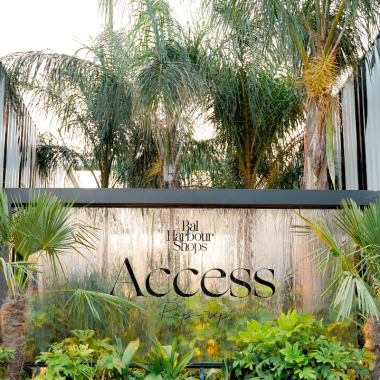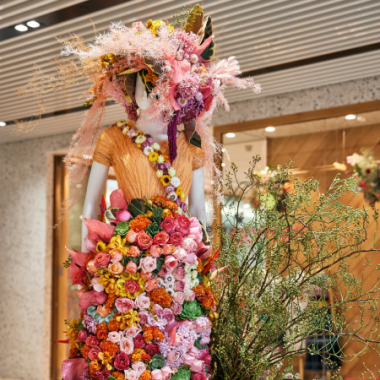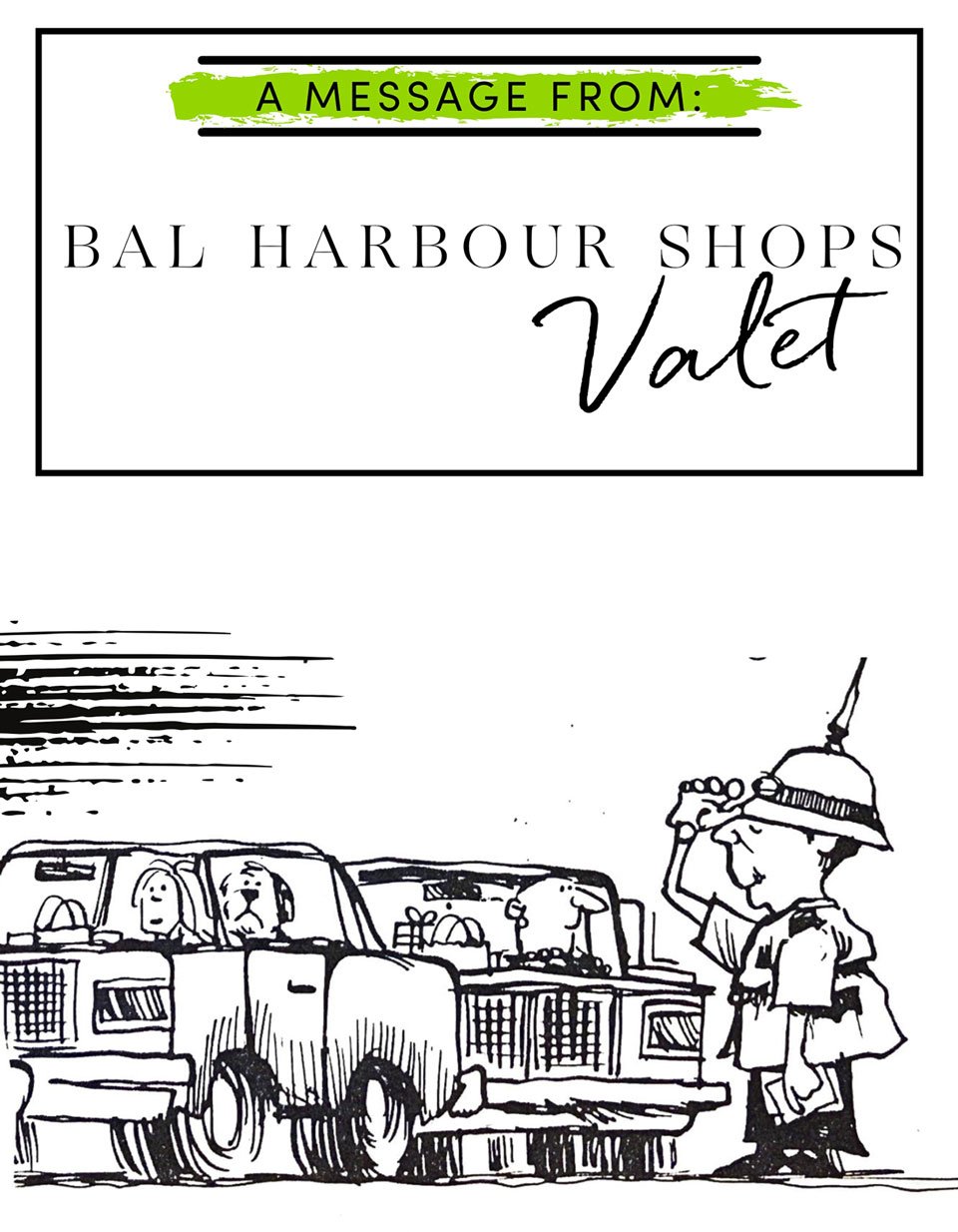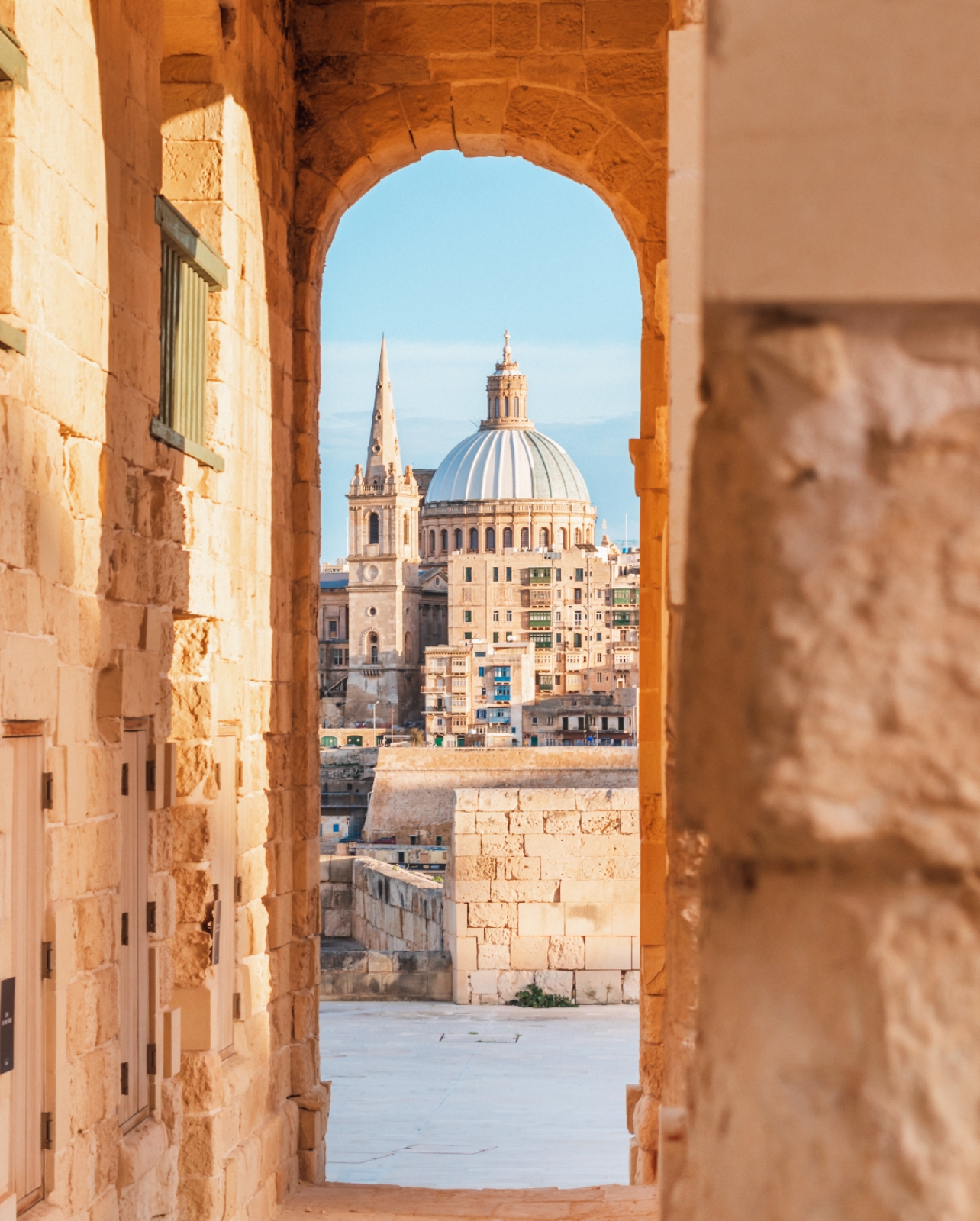
An ancient archway in Valletta, Malta’s captial city, frames the Basilica of Our Lady of Mount Carmel.
Valletta is a city of fortresses. Perched on an easily defended promontory, the honey-stoned, honeycomb-like old town has been attacked—and defended—for centuries. It’s a legacy of Malta’s location, which made it a sought-after strategic prize for any land-grabbing power (most recently Great Britain, from which the country gained independence in 1964). In recent times, of course, most of those thick-walled bastions have grown obsolete; so solidly constructed, they became places that had outlived their original purpose. But this fall, one of those defensive bulwarks will be reborn with a new purpose: The old Ospizio—a 17th-century fortress—will re-emerge as the site of Malta International Contemporary Art Space (MICAS). The sprawling new complex will add 15,000 square feet of exhibition space to the city, equal parts statement and showcase. It’s part of an ambitious mission consuming a group of well-connected local Maltese to make their country a must-see stop on the contemporary art circuit.
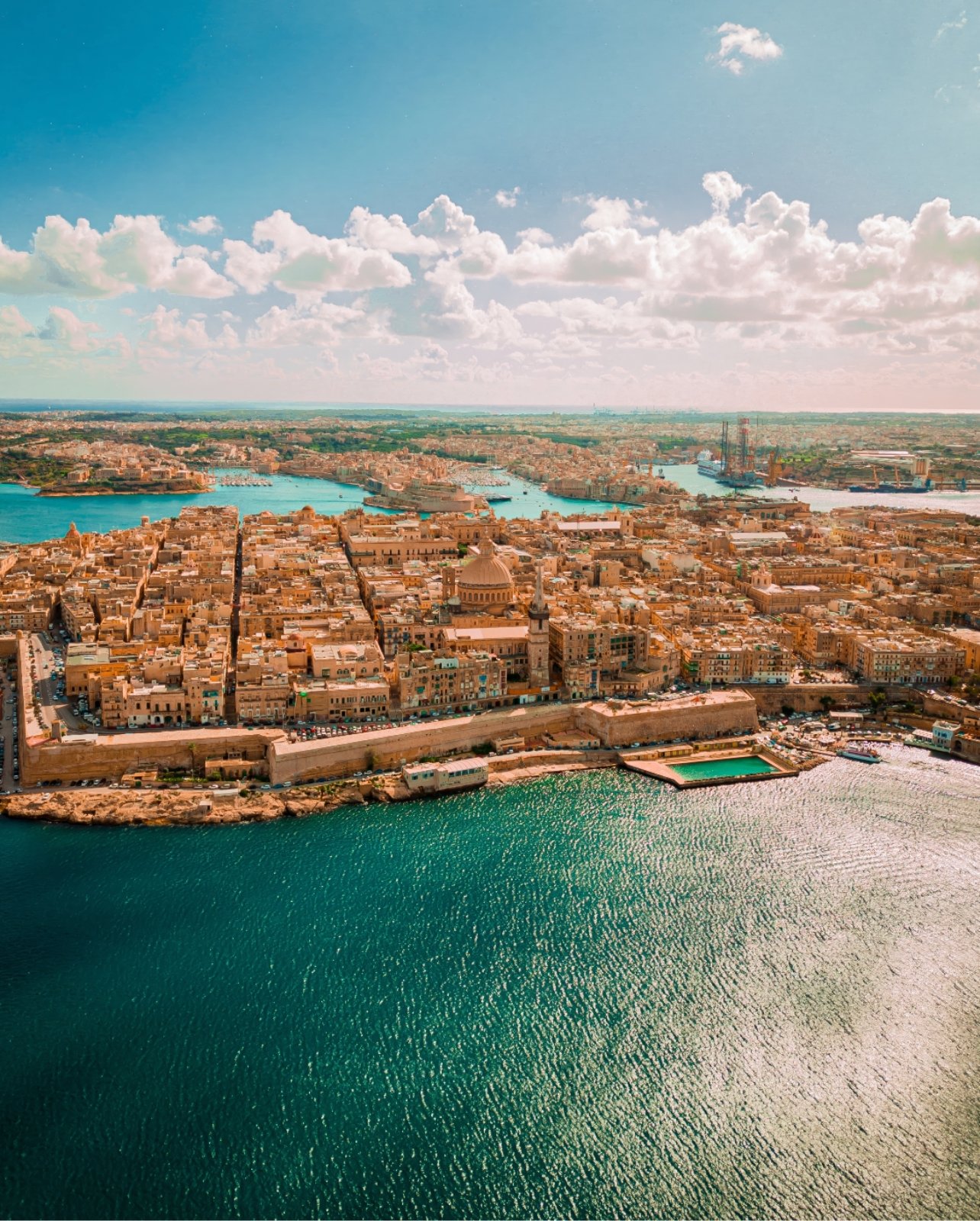
Valletta’s honey-stoned old town is a shimmering web of buildings—many of which have stood for centuries.
MICAS is a monumental project, in every sense. Florence-based Ipostudio, the architecture firm that won the commission, was tasked with engineering a building that would not leave a footprint on the historic old Ospizio, yet still integrate artfully with the stonework: it’s built, as so much of Malta has been for centuries, of that gorgeous, lion-colored limestone that almost shimmers in the sun. Clambering through the framework during construction feels like navigating a vast steel spiderweb, anchored by those fortifications yet somehow floating above them. The team didn’t just graft onto the existing structure, either: To span the main atrium, it also restored the Arco Barbara, a centuries-old, skewed arch named for Maltese architect Giovanni Barbara, which was badly damaged in World War II. One unexpected bonus was unearthed during construction: Roman ruins, a reminder that Malta has been a spot of interest for millennia. Again, rather than haul the oversized limestone bricks away, the architectural plan instead repurposed them as a featured element in one gallery.
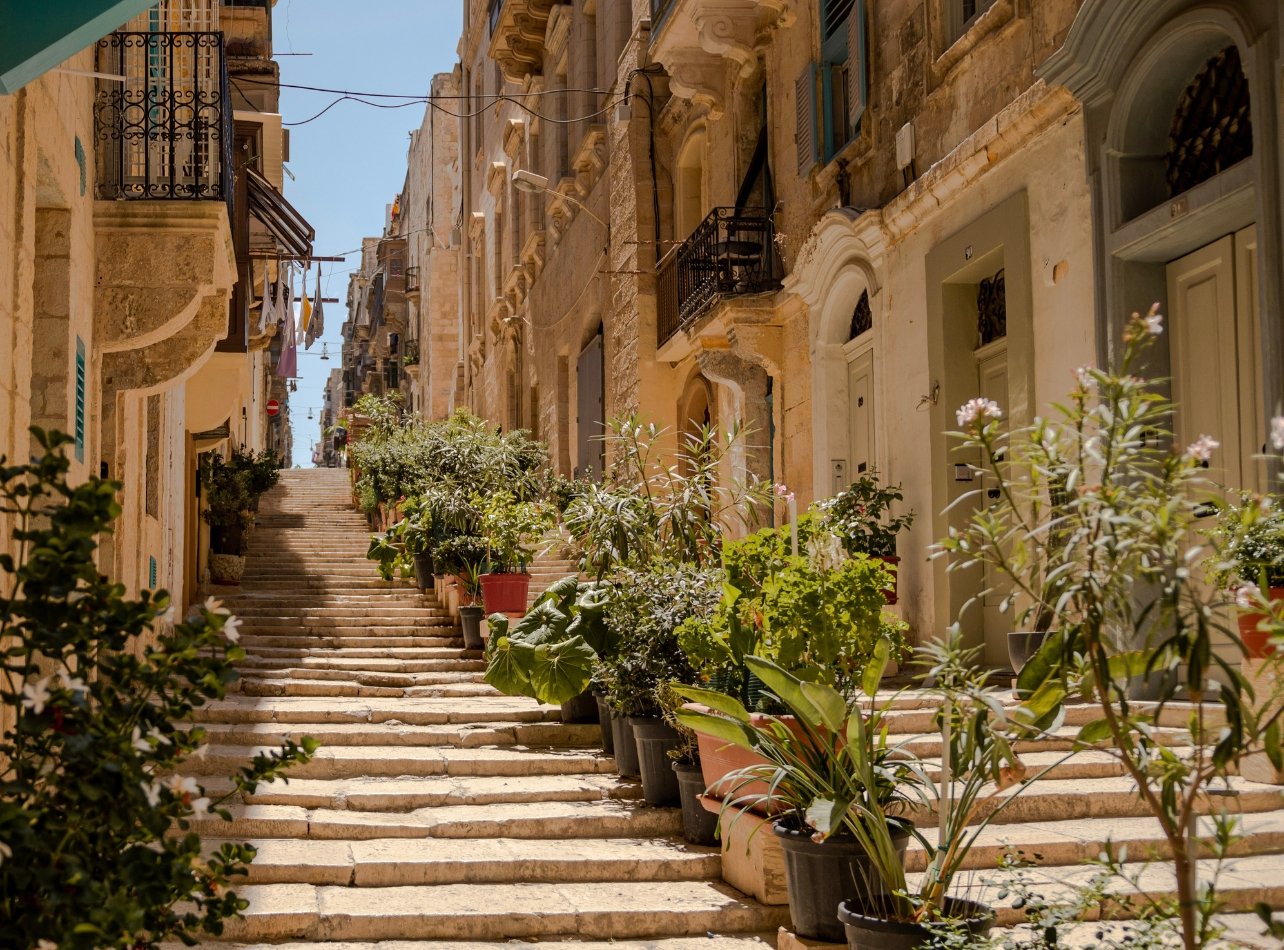
The famously hued Maltese limestone adapts with climate and changes over time.
Phyllis Muscat, the project’s formidable chair, stands proudly amid the construction, bright orange hard hat jauntily askew. “It’s not only the building that’s quite special, but the hybrid model,” she explains, of the 90,000-square-foot site’s planned use. “We will have a space for contemporary exhibitions, with a mix of cutting-edge and academic work, but also a permanent sculpture garden and an educational program.” Artists residences and an architecture and design annex will follow at a later date. This fall’s debut show will spotlight Joana Vasconcelos, the Portuguese artist known for her exuberant, often knitted sculptures and large-scale installations. An exploration of how the late colorist Milton Avery influenced other painters, including Mark Rothko, as well as a solo show by American contemporary painter Reggie Burrows Hodges, will follow. “In the next two years, we hope there will be a huge positive change, not just locally, but [in] how Malta is [generally] perceived from the outside,” adds Francis Sultana, the internationally renowned Maltese-born interior and furniture designer who is a cultural ambassador for the country and sits on the museum’s board. “A museum can really change things in a disused area; look at the Tate Modern.”
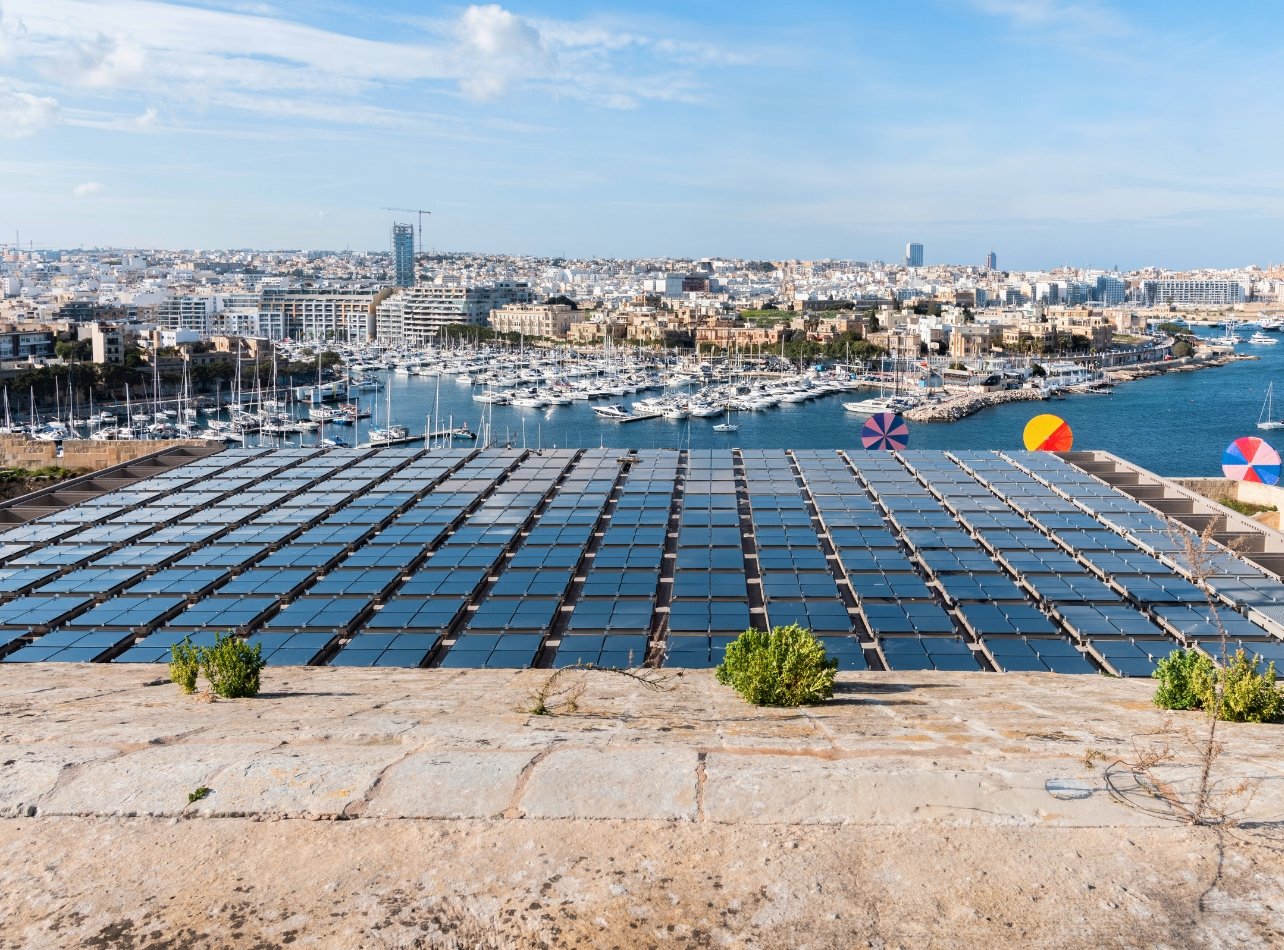
MICAS sits on Valletta’s waterfront, across from its marina.
MICAS, of course, is a far smaller project than London’s landmark, closer perhaps in scope to Istanbul Modern in Turkey, but Sultana’s sentiment is well observed. Moreover, MICAS isn’t the only effort afoot to upgrade Malta’s profile in arts and culture, an idea kickstarted by its title of European Capital of Culture in 2018. Take the country’s show at the Venice Biennale this year, overseen by the first female co-curator, Elyse Tonna; it was well received, a notable achievement given that Malta didn’t even fund a solo pavilion a decade ago (perhaps premature efforts to launch a biennale back home, at the same time, saw more mixed results and reviews). This summer, Tonna also worked with independent curator Margerita Pulè’s Unfinished Art Space, a roving cultural project on Beyond What Drifts Us Apart, a major site-specific art installation on the island of Gozo, one of the two smaller, rural islands next to Malta proper. Another Capital of Culture byproduct is Valletta Contemporary, an independent art space operated by the Norbert Francis Attard Foundation in a series of converted warehouses. Purely commercial galleries remain scarce, mostly because the wealthier Maltese collectors likely have a second home in London, and can buy there.
What to Pack: Malta
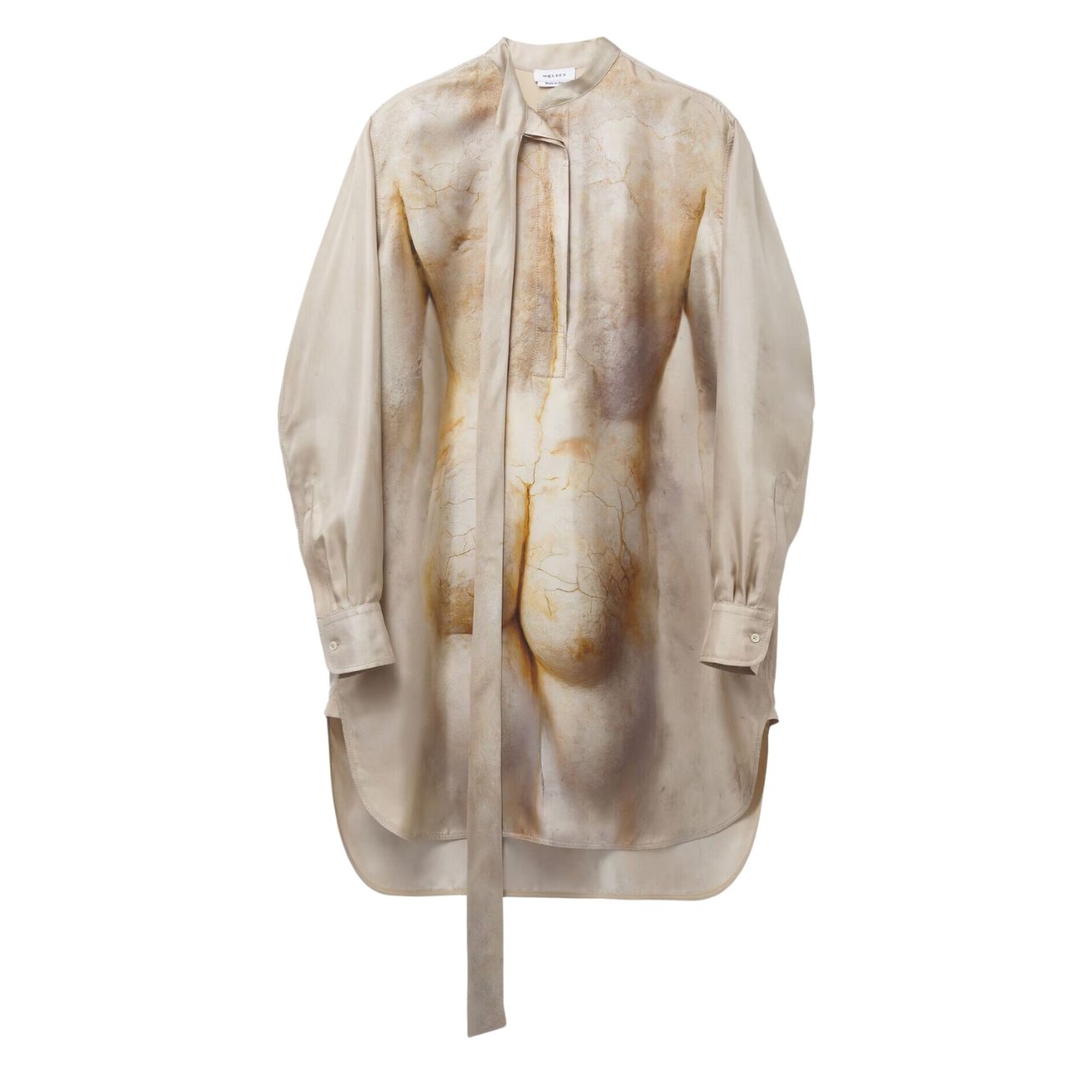

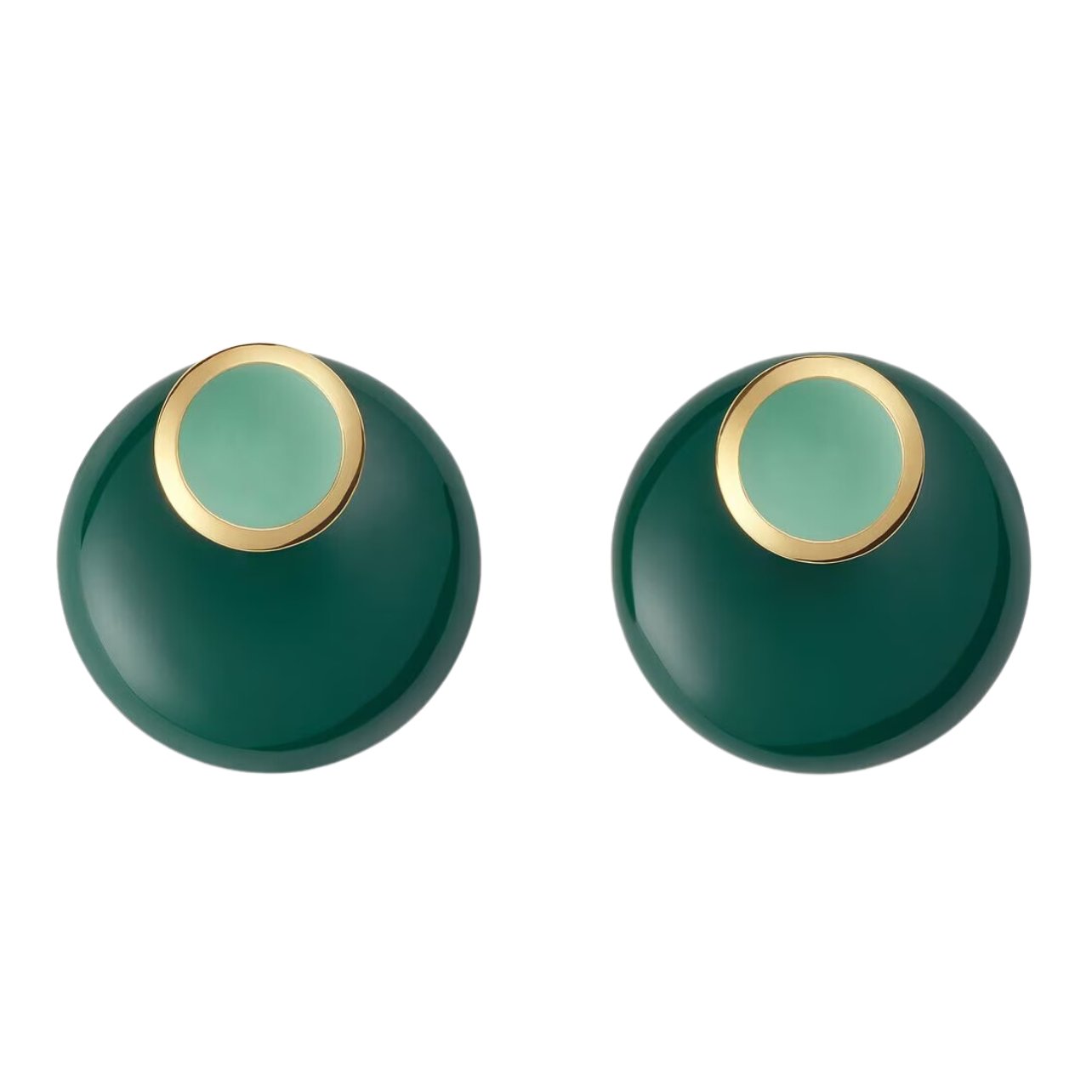


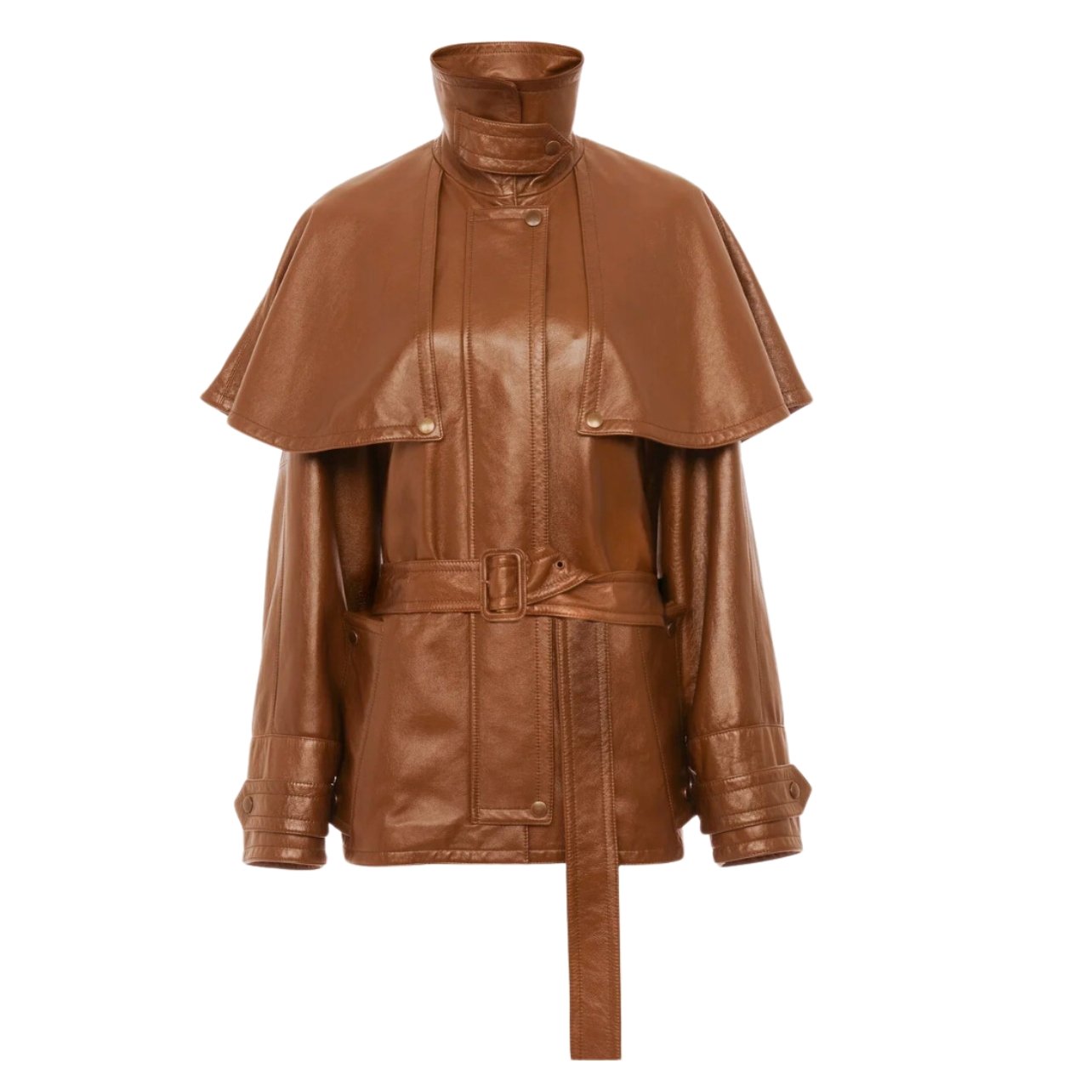


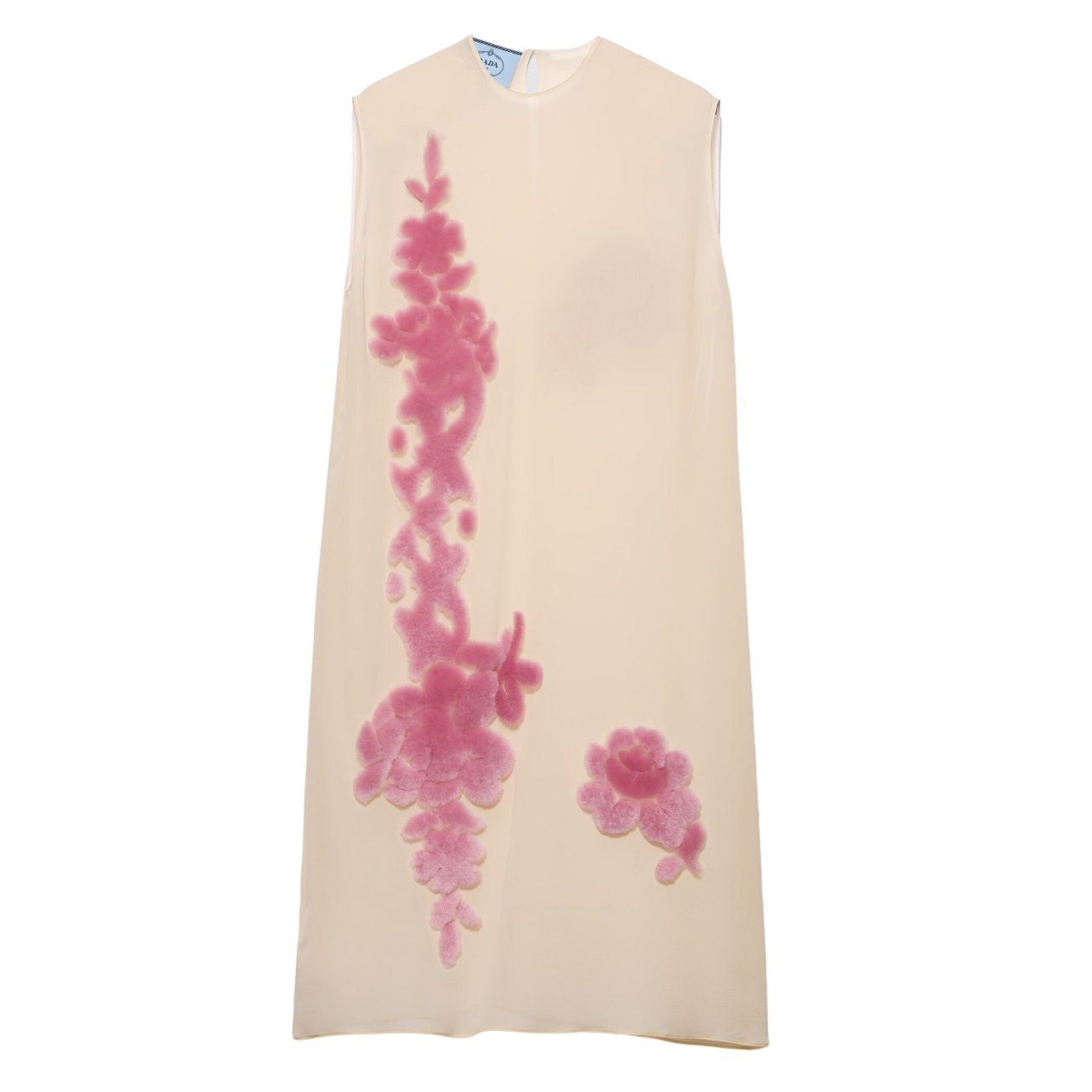



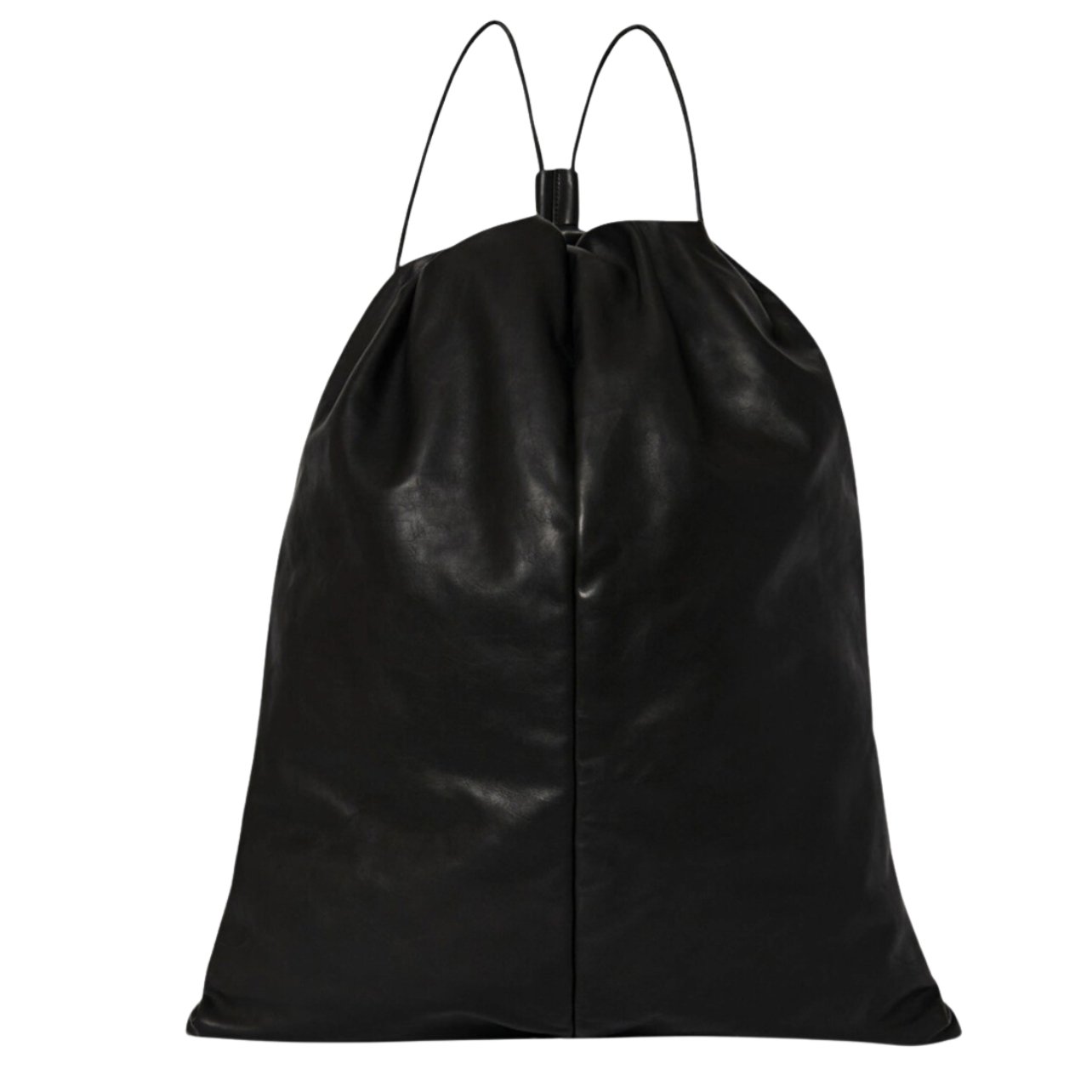
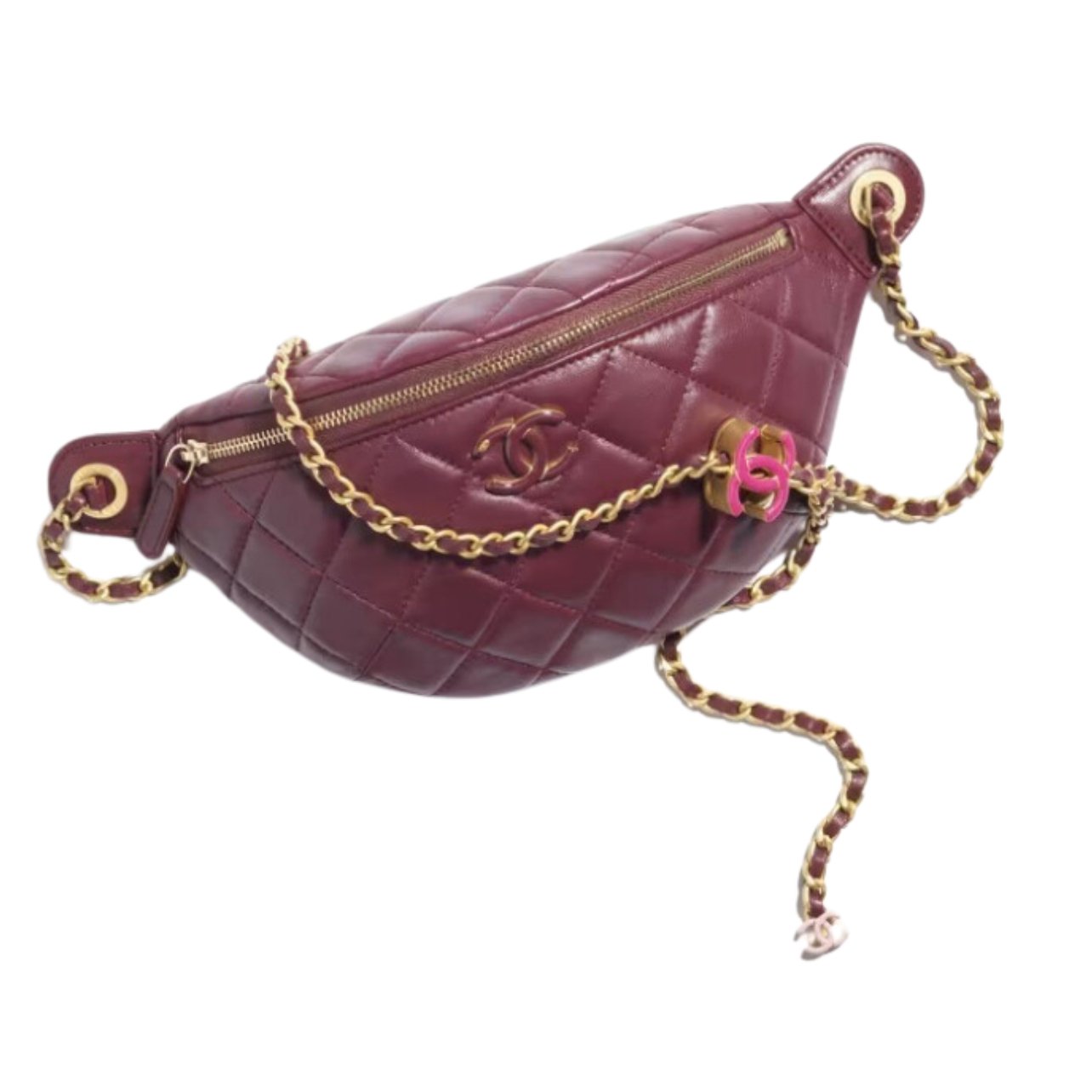

Meanwhile, there’s another new museum underway, this time in the heart of Valletta proper. It sits next to St John’s Co-Cathedral, with its Aladdin’s cave–style interior so exuberant it more resembles the inside of Elton John’s mind than a church. (Maximalism is relished by the Maltese, notes designer Sultana, who refers to the local aesthetic as “Baroque and roll.”) The museum here also focuses on adaptive reuse: in this case, creating a floating gallery that’s bolted onto a row of adjoining historic houses that will better display the church’s sumptuous Flemish tapestries. It’s aiming to be completed by the end of 2026, after more than a decade of planning and construction.
David Felice, the Valletta-based architect behind that project, sits in his airy office a few blocks away, the bookshelves heaving with pothos plants. “I’m a city boy. Valletta is my town, my place,” he says in a gravelly voice sprinkled with mischief. Felice says that it’s no coincidence that the focus of both new museums is adaptive reuse, upcycling an historic structure for a new purpose via a cutting-edge addition. “Malta has a combination of wanting to be contemporary and modern, but at the same time, it has this sort of burdensome heritage,” he says of its centuries-long central role in the Mediterranean. “But as a combination, that’s so attractive.” His work on the cathedral’s museum, for example, will be “almost like a parallel building, which flies above the ground and that you can walk underneath,” a sleek, modern building that’s made, like MICAS, from that signature honeyed Maltese limestone.
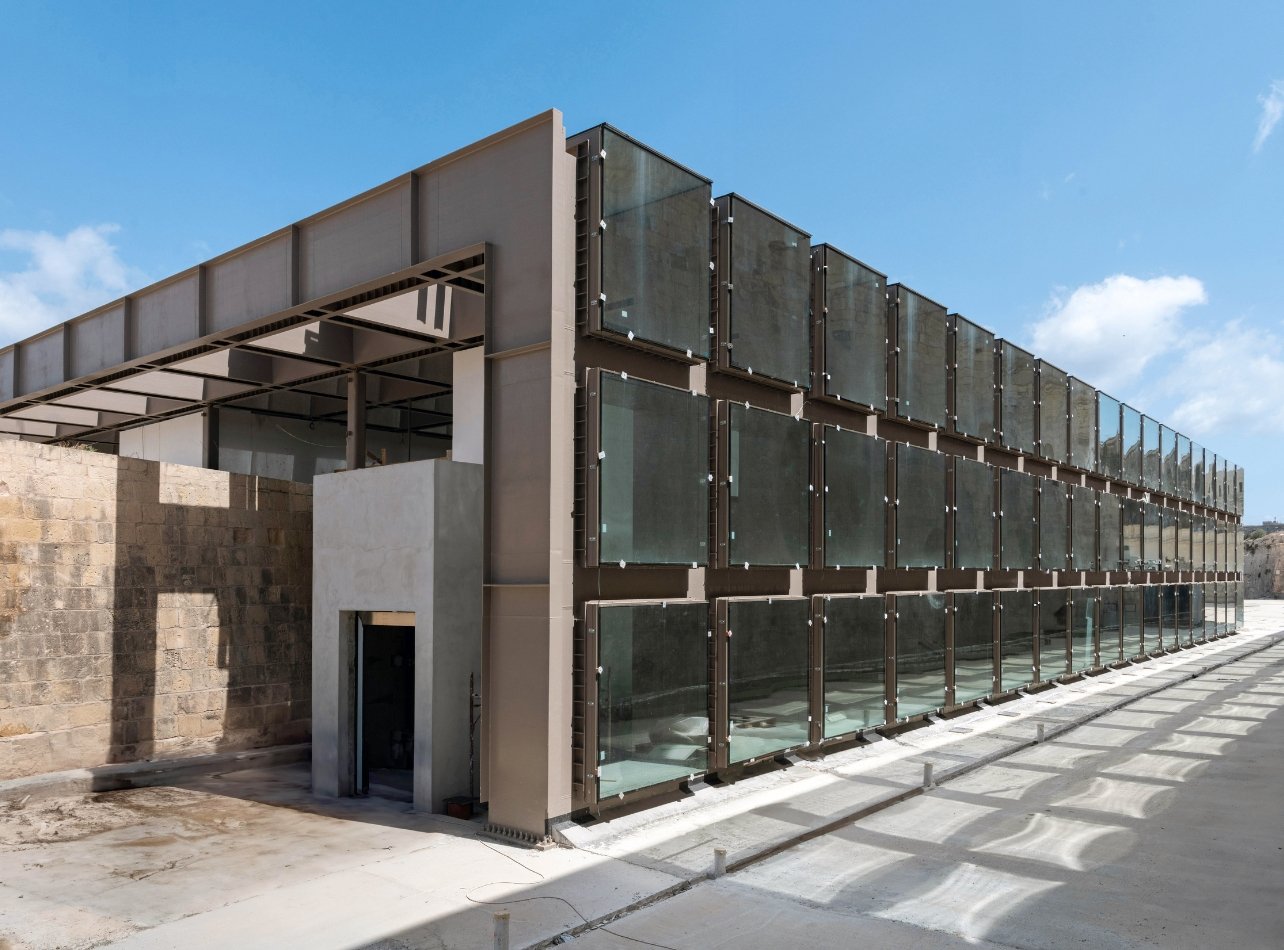
Ipostudio marries the contemporary with the historic in its museum design. Photo courtesy of MICAS.
Deploying that material, mostly quarried from the southwest of the island, is a visual trick, Felice adds. “The color is amazing. It adapts with climate and changes over time. You can tell how old a building is, and its orientation, from the color of the stone.” No wonder that when he was working with Italian Pritzker Prize–winning architect Renzo Piano on a splashy new home for the Maltese Parliament, completed in 2015, the aesthetically eclectic Piano was happy to use that same stone for its façade. He also opted for another adaptive reuse: rather than bulldoze the site earmarked for the building, the former Royal Opera House, which was bombed into a smoke-ravaged shell in World War II, he designed around it. The ruins were then reconfigured as an outdoor performance space. “We have the opportunity to create the heritage of tomorrow if we start off with the lessons we learn from the heritage of yesterday,” says Felice.
Malta’s museum landscape isn’t quite complete. There’s a smaller, but equally meaningful, project slowly underway. Drive around the edge of the waterfront where MICAS will sit, past the boats and superyachts bobbing on the marina, and you could easily overlook one of the island’s historic sites. This is a low-slung neighborhood of old cottages, many of which were home to British military officers from the nearby UK base. Among the officers rostered for a stint on Malta? Philip Mountbatten, who brought with him his wife, who would go on to be crowned Queen Elizabeth II. They lived for two years at Villa Guardamangia, a humble, almost ramshackle house in this area, before duty called them back in 1951. That home has been derelict for some time, damaged by water and rubbish. Now, though, it’s under the auspices of Heritage Malta, which is beginning the painstaking restoration process, with hopes to open as a museum in around five years. It may not be as monumental as MICAS, but it’s just as likely to help put Malta on Europe’s cultural map.


